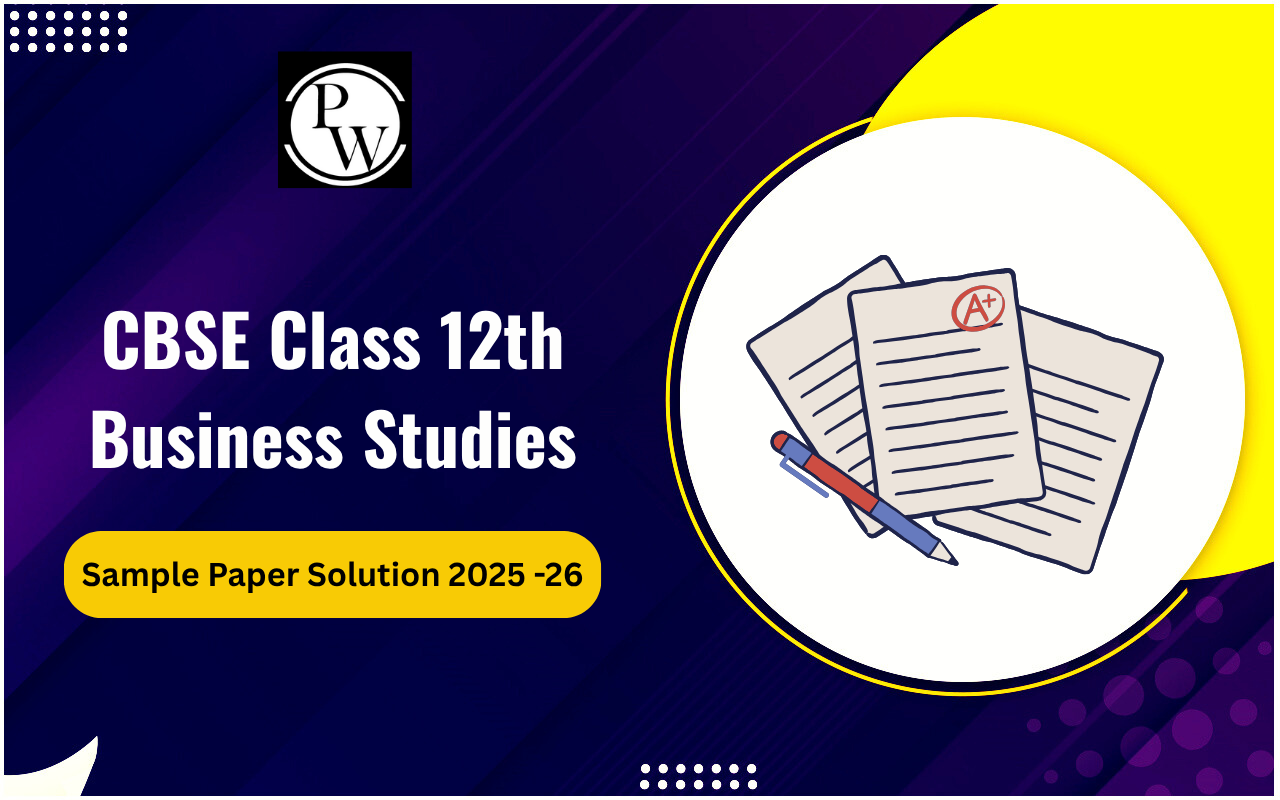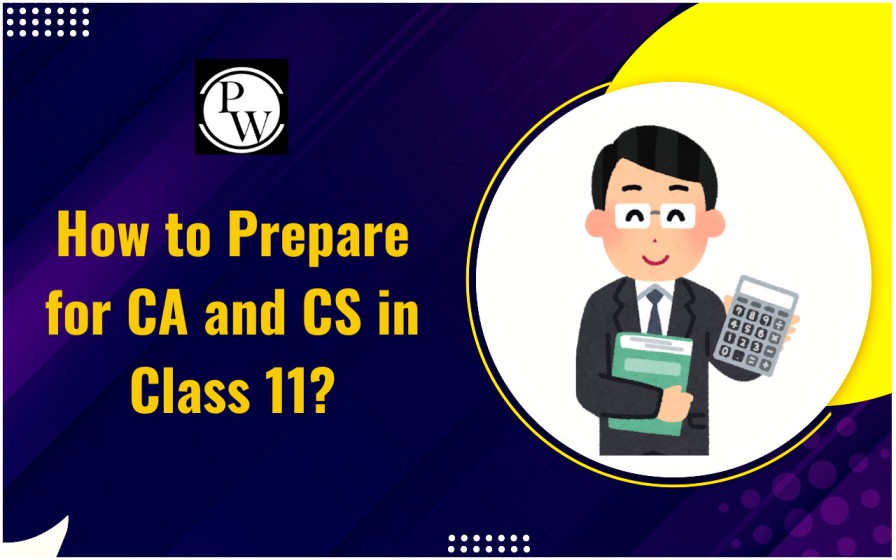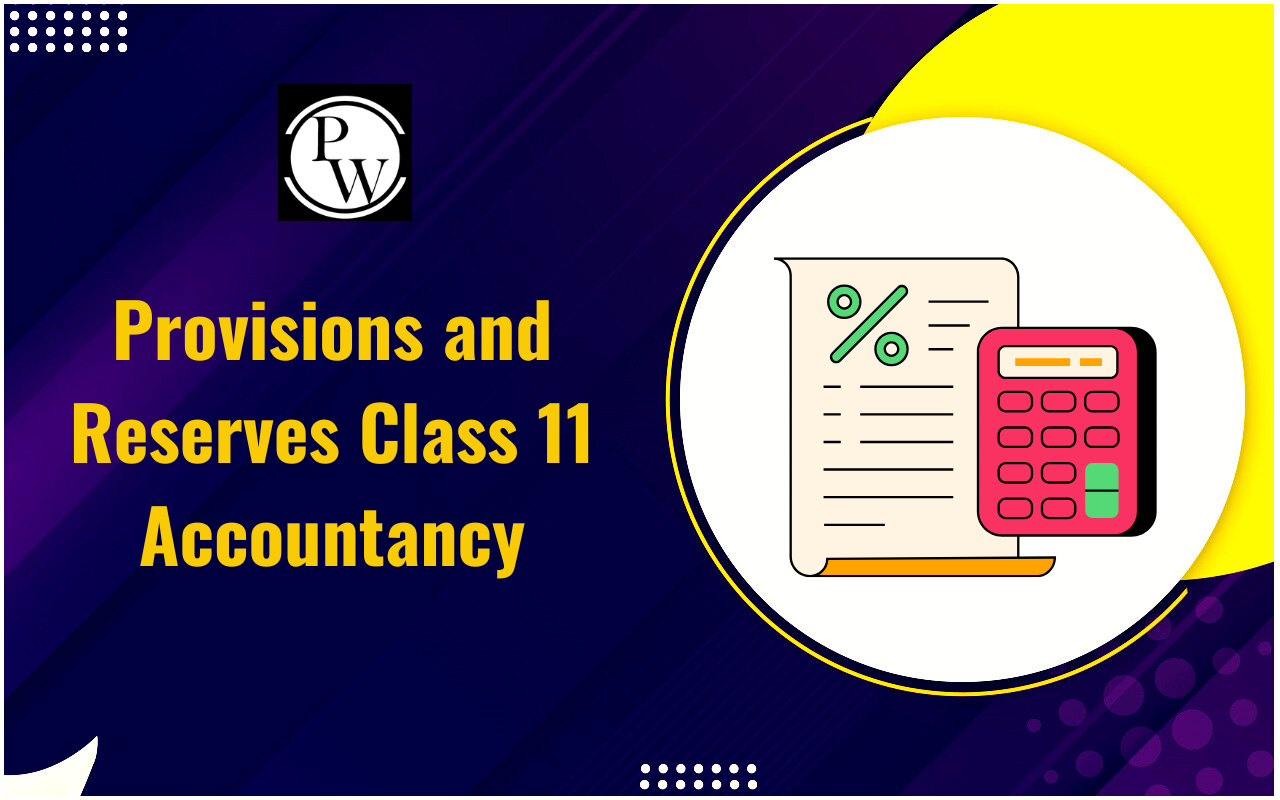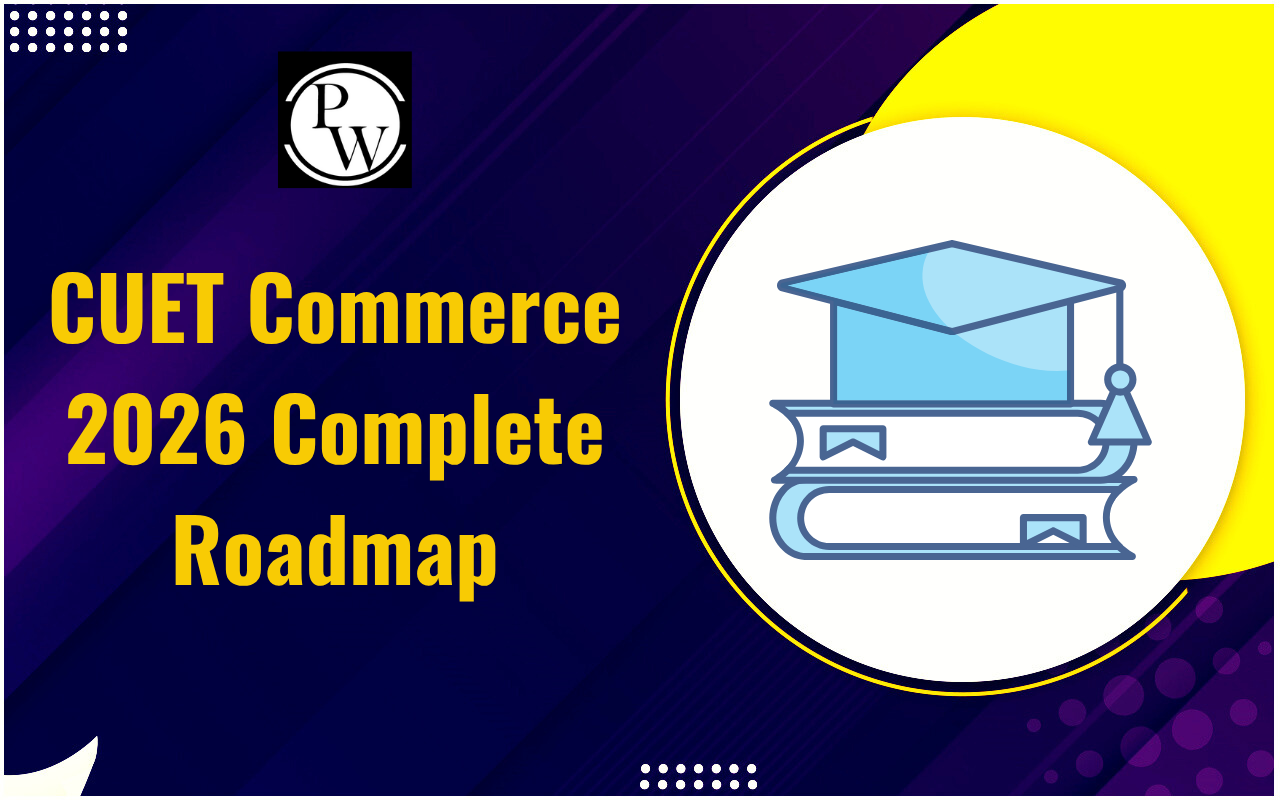

Group decision making, or collaborative decision-making, is a process in which a group decides from the available alternatives. The social impact of social processes is responsible for the decision once made.
Decisions reached by groups usually vary from those made by individuals. One noticeable difference is that groups often arrive at more extreme choices than those made by people subject to bias.What is a Group?
A group is a group of people who join together and participate with one another with similar goals, interests, or purposes. Group members are linked by numerous links, such as social, work, or personal ties. Groups may vary greatly in size, organization, and goal, and they can be public or informal.Group Decision Making Objectives
The objective of group decision-making is:- Become more committed to the choices you make.
- Increase your level of knowledge and skill during the process.
- Align with the members of the group.
Advantages of Group Decision Making
Advantages of group decision-making include:- Generating well-informed and expert choices by getting the knowledge of various people involved in the process.
- Encouraging creativity by prompting unusual ideas, especially when the group comprises people from different cultural origins.
- Identifying and solving secret challenges and bottlenecks early in the decision-making process, avoiding possible problems with the chosen answer.
- Improving knowledge of future tasks and requirements by involving all members in the generation of solutions from the beginning.
- Strengthening teamwork within the group through active involvement in problem-solving talks, arguments, and joint efforts.
Disadvantages of Group Decision Making
Disadvantages of group decision making include:- Members of the group must align with one or more influential individuals to reach decisions.
- Internal disagreements within the group can result in conflicts.
- If the group members struggle to reach a suitable decision, considerable time may be required.
- There is a likelihood of group members feeling pressured to conform to decisions made by others.
- Personal responsibility is absent, as decisions are made collectively, and no individual bears the consequences of failure.
- Ineffectiveness and slowness may occur when the manager poorly organizes the group decision-making process.
- Groupthink, a phenomenon arising from a desire to avoid conflicts or excessive discussions, can lead to illogical and unfavourable outcomes.
Looking for the Best Commerce Coaching?
Enroll Now in PW Commerce Batches!
Group Decision Making Methods
There are several methods and techniques used in group decision-making, a few of them are:- Brainstorming Technique
- Delphi Technique
- Nominal Group Technique
- Fish Bowling Technique
- Devil's Advocacy Technique
- Didactic Interaction Technique
Brainstorming
Brainstorming, a group decision-making method developed by Alex Osborn, tries to encourage the generation of ideas in a non-judgmental setting. The group leader explains the problem, triggering members to add as many thoughts as possible freely. Throughout the process, no complaints or opinions are allowed, and all ideas are recorded for later review by the manager. Advantages:- The method provides a substantial list of creative ideas.
- The process happens in an unbiased setting.
- It proves cost-effective, providing a low cost per thought.
- The small group size improves individual involvement.
- Unrestricted by criticism or judgment, the method supports generating high-quality ideas.
- All group members usually accept the final thoughts.
- The method doesn't end with a specific plan or answer; only a list of thoughts stays with the boss.
- The lack of closure may leave group members unhappy.
Delphi Technique
The Delphi Technique constitutes a method for group decision-making and planning, originating from the work of Norman C. Dalkey and his colleagues at the Rand Corporation. This approach gathers judgments and solutions from group members without direct physical interaction. Communication occurs through emails or other means, typically involving questionnaires.Nominal Group Technique
The Nominal Group Technique (NGT) operates without direct interaction among its members. Despite the physical presence of group members, there is minimal interaction, leading to the "nominal" designation. During NGT, participants individually write down their ideas without engaging in discussions. These ideas are then documented on a chart in a sequential manner, and subsequent discussions take place collectively, free from criticism. The process involves the following steps:- Members silently list their ideas.
- Ideas are written on a chart by each member until all are recorded.
- Subsequently, members engage in a collective discussion of the ideas, avoiding criticism.
- Finally, written votes are collected from all members.
Fish Bowling Technique
The Fish Bowling technique involves group members arranged in a circular formation, with one member positioned at the center, typically serving as the decision-maker. This central individual proposes solutions to a problem presented by the group. During the process, all members pose questions and critically assess the solution offered by the central person. However, there is no direct interaction allowed among the group members. Once all perspectives are voiced, the solutions garnering consensus are selected.Devil's Advocacy Technique
This method aims to pinpoint shortcomings in the group decision making process. Its advantage lies in bringing attention to every potential weakness in the proposed solution. In this approach, two group members are designated as 'devils.' Their role is to uncover flaws in the ideas presented by other group members. The remaining members must then provide solutions to address these identified flaws to satisfy the devils.Didactic Interaction Technique
This method proves beneficial when a binary decision involving a simple Yes or No response is required. The group is divided into two segments: one presents arguments in favour of the decision, while the other put forth points against it.| Read Related Topics | |||
| Reverse Repo Rate | Corporate Veil Theory | Tabular Representation of Data | Suit for Damages |
| Consignment and Sale | Subfields of Accounting | Statutory Audit | Classical Organization Theory |
Group Decision Making FAQs
What part does a manager play in making decisions?
A manager plays an important part in determining the strategy and course of a group, department, or team.
Who is referred to as the line manager?
A line manager, often just called a "manager," is a person in an organization who has direct control over workers and their tasks.
Which three categories of decision-making exist?
There are three primary categories of decisions: operational, tactical, and strategic.
Which four sorts of managers are there?
Top-level managers, middle managers, first-line managers, and team leaders are the four most common categories of managers.
Who is a first line manager?
Being an entry-level managerial position, a first-line manager is in charge of overseeing non-management staff members on a daily basis.
Talk to a counsellorHave doubts? Our support team will be happy to assist you!

Free Learning Resources
PW Books
Notes (Class 10-12)
PW Study Materials
Notes (Class 6-9)
Ncert Solutions
Govt Exams
Class 6th to 12th Online Courses
Govt Job Exams Courses
UPSC Coaching
Defence Exam Coaching
Gate Exam Coaching
Other Exams
Know about Physics Wallah
Physics Wallah is an Indian edtech platform that provides accessible & comprehensive learning experiences to students from Class 6th to postgraduate level. We also provide extensive NCERT solutions, sample paper, NEET, JEE Mains, BITSAT previous year papers & more such resources to students. Physics Wallah also caters to over 3.5 million registered students and over 78 lakh+ Youtube subscribers with 4.8 rating on its app.
We Stand Out because
We provide students with intensive courses with India’s qualified & experienced faculties & mentors. PW strives to make the learning experience comprehensive and accessible for students of all sections of society. We believe in empowering every single student who couldn't dream of a good career in engineering and medical field earlier.
Our Key Focus Areas
Physics Wallah's main focus is to make the learning experience as economical as possible for all students. With our affordable courses like Lakshya, Udaan and Arjuna and many others, we have been able to provide a platform for lakhs of aspirants. From providing Chemistry, Maths, Physics formula to giving e-books of eminent authors like RD Sharma, RS Aggarwal and Lakhmir Singh, PW focuses on every single student's need for preparation.
What Makes Us Different
Physics Wallah strives to develop a comprehensive pedagogical structure for students, where they get a state-of-the-art learning experience with study material and resources. Apart from catering students preparing for JEE Mains and NEET, PW also provides study material for each state board like Uttar Pradesh, Bihar, and others
Copyright © 2025 Physicswallah Limited All rights reserved.
Get App











